As my “If it’s Tuesday, This Must be Brussels” adventure memory continues to unfold (see here for an explanation), the first step was to get orientated and find housing. That required a trip a month before the actual transfer would take place. Unless you have a place to stay for a while (like, say, two months), you’ll need to take this step.
Others from my company had made short visits prior to my transfer, so there was already an arrangement to stay in a “hotel” used many times before. The place was less of a hotel than a converted old European townhouse with a restaurant on the first floor and single apartments (two room suites) on each of the other two floors. A tiny elevator, when it worked, brought me to the third level where I took up temporary residence for several days. More on this hotel in later posts.
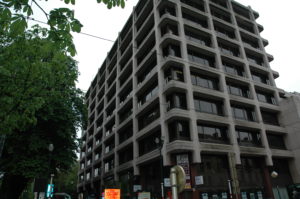
Then, despite the rather unwelcoming weather (which I would soon find to be the norm), it was off to find the office about a quarter mile down Avenue Louise toward the Bois de la Cambre, a sort of mini-Central Park stretching south away from the “central” part of city. A nine story building with just enough glass to offer a “city view” – check! Desk and chair and spot for my computer – check! A few phone calls and some work not finished on the flight over – check! Now to explore the neighborhood.
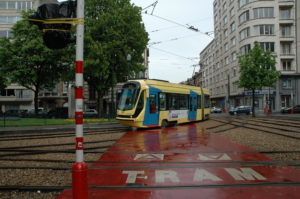
Good. A tram line runs the length of Avenue Louise, with a junction in front of my new office. That will give me options as I look for a place to live. I also liked the fact that there are many statues and original artwork dressing up the streets. I’ll see a lot more of this in Europe.
Getting off the main avenue I traipse through the gardens of the Abbeye de la Cambre and follow the quiet road past the two ponds of Ixelles and into Flagey, a square and neighborhood featuring a large church.
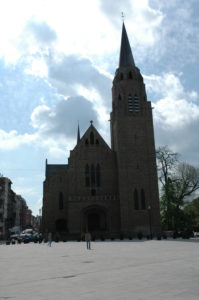
More about Flagey in the future; let’s go back to the ponds. I looked at an apartment, really a garret, in an old house overlooking the pond. The view was beautiful. The ceilings were low. And by low I mean low enough to cause me to involuntarily duck, and low enough to knock out my rental agent when he didn’t duck. Once he regained consciousness, even he admired the lush greenery around the ponds.
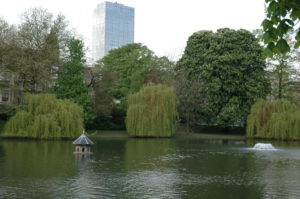
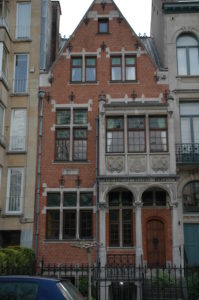
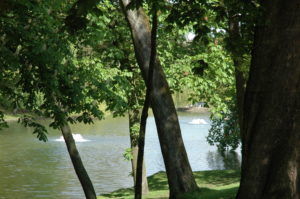
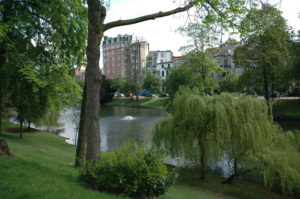
From Flagey I would head back across the main road, check out the Chatelain area, and then follow Avenue Louise down to the office. Not bad. This initial exploration was helpful. I got a feel for the area and the limits of how far I wanted to live away from the office. Eventually I would choose a place on the Rue du Magistrat, about 1.2 kilometers (0.75 miles) from the office, which I could walk or hop on the tram. But that is getting ahead of ourselves. There is so much more to do before making the move.
[This is part of a series on living and working in Brussels, but also some hints on how to do it the right way if you’re considering such a big career move. Keep checking back here for more articles, all of which are included in a category called “Tuesday.”]
David J. Kent is the author of Tesla: The Wizard of Electricity (2013) and Edison: The Inventor of the Modern World (2016) (both Fall River Press). He has also written two e-books: Nikola Tesla: Renewable Energy Ahead of Its Time and Abraham Lincoln and Nikola Tesla: Connected by Fate. His next book, Lincoln: The Man Who Saved America, is scheduled for release in summer 2017.
Follow me by subscribing by email on the home page. And feel free to “Like” my Facebook author’s page and connect on LinkedIn. Share with your friends using the buttons below.







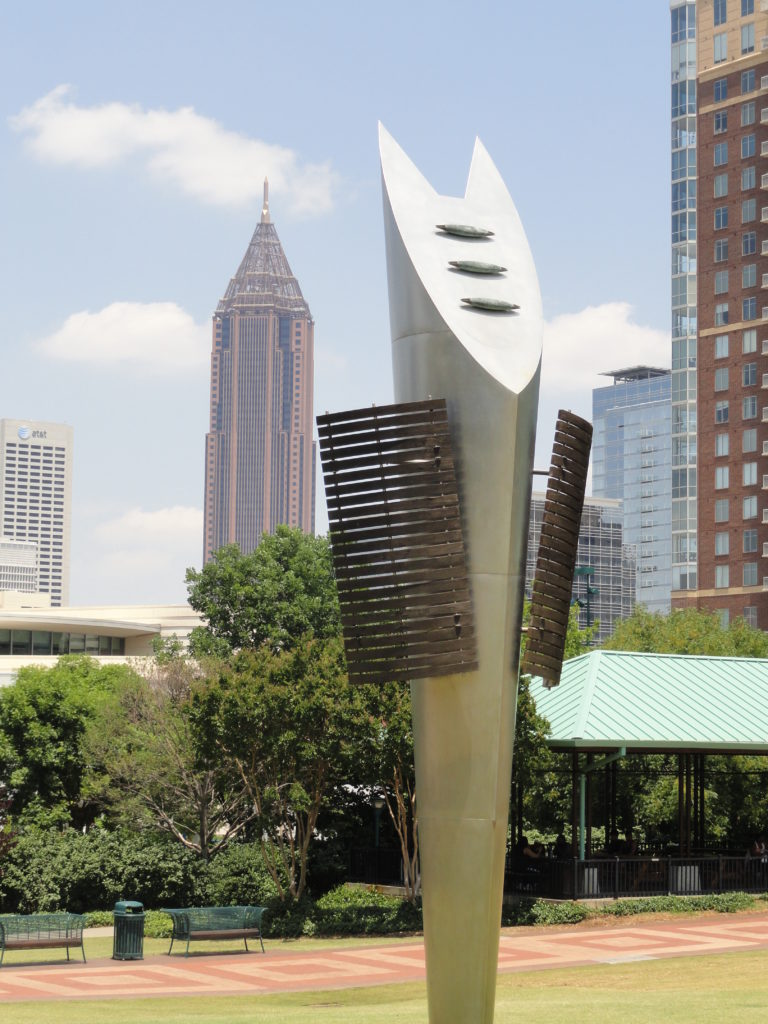
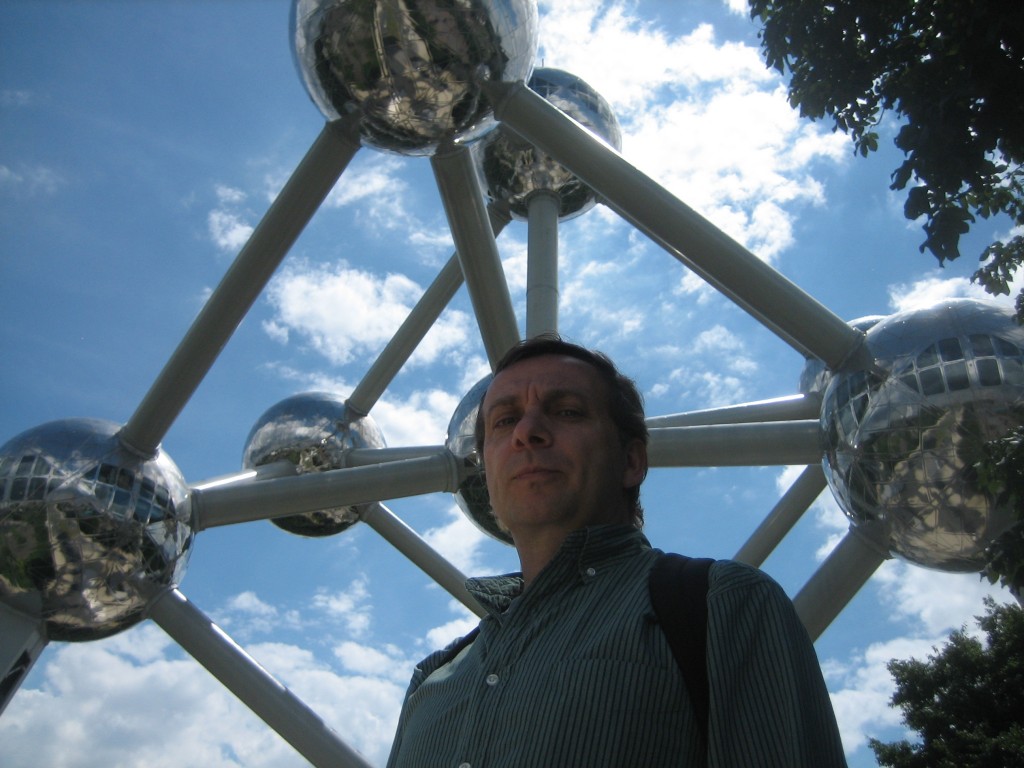
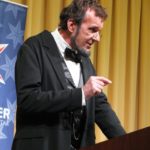 Abraham Lincoln was sworn in as the 16th President of the United States during a time of great upheaval. His first inaugural address was long (his second would be much shorter) and delved into the crisis that was causing the nation to split.
Abraham Lincoln was sworn in as the 16th President of the United States during a time of great upheaval. His first inaugural address was long (his second would be much shorter) and delved into the crisis that was causing the nation to split.




 On January 18, 2017, in celebration of the Old Naval Hospital’s 150th anniversary, Hill Center and the Lincoln Group of the District of Columbia will hold a celebration of Abraham Lincoln’s First Inaugural Address. In 1864 President Lincoln authorized $25,000 for construction of the (Old) Naval Hospital, which was completed in 1866, and the building has been restored to its 1860s condition to serve as Hill Center.
On January 18, 2017, in celebration of the Old Naval Hospital’s 150th anniversary, Hill Center and the Lincoln Group of the District of Columbia will hold a celebration of Abraham Lincoln’s First Inaugural Address. In 1864 President Lincoln authorized $25,000 for construction of the (Old) Naval Hospital, which was completed in 1866, and the building has been restored to its 1860s condition to serve as Hill Center.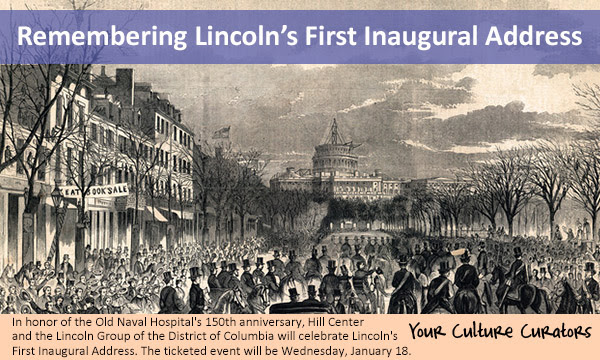
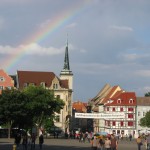 The thing about traveling is that travel plans change. They changed a lot last year, with anticipated trips to Machu Picchu, China, and Michigan being bumped. Now here we are a third of the way through January 2017 and travel plans are nearly non-existent, in part because of the lingering uncertainties from 2016.
The thing about traveling is that travel plans change. They changed a lot last year, with anticipated trips to Machu Picchu, China, and Michigan being bumped. Now here we are a third of the way through January 2017 and travel plans are nearly non-existent, in part because of the lingering uncertainties from 2016. “Warming of the climate system is unequivocal.” This was the conclusion of the most recent IPCC 5th Assessment Report (AR5). Also, human activity has been “the dominant cause of the observed warming since the mid-20th century.”
“Warming of the climate system is unequivocal.” This was the conclusion of the most recent IPCC 5th Assessment Report (AR5). Also, human activity has been “the dominant cause of the observed warming since the mid-20th century.”  I write a lot. But I also read a lot, which all the writing books says is required to be a good writer (and I concur). My book counts have slowly been creeping up, from 84 in 2014 to
I write a lot. But I also read a lot, which all the writing books says is required to be a good writer (and I concur). My book counts have slowly been creeping up, from 84 in 2014 to 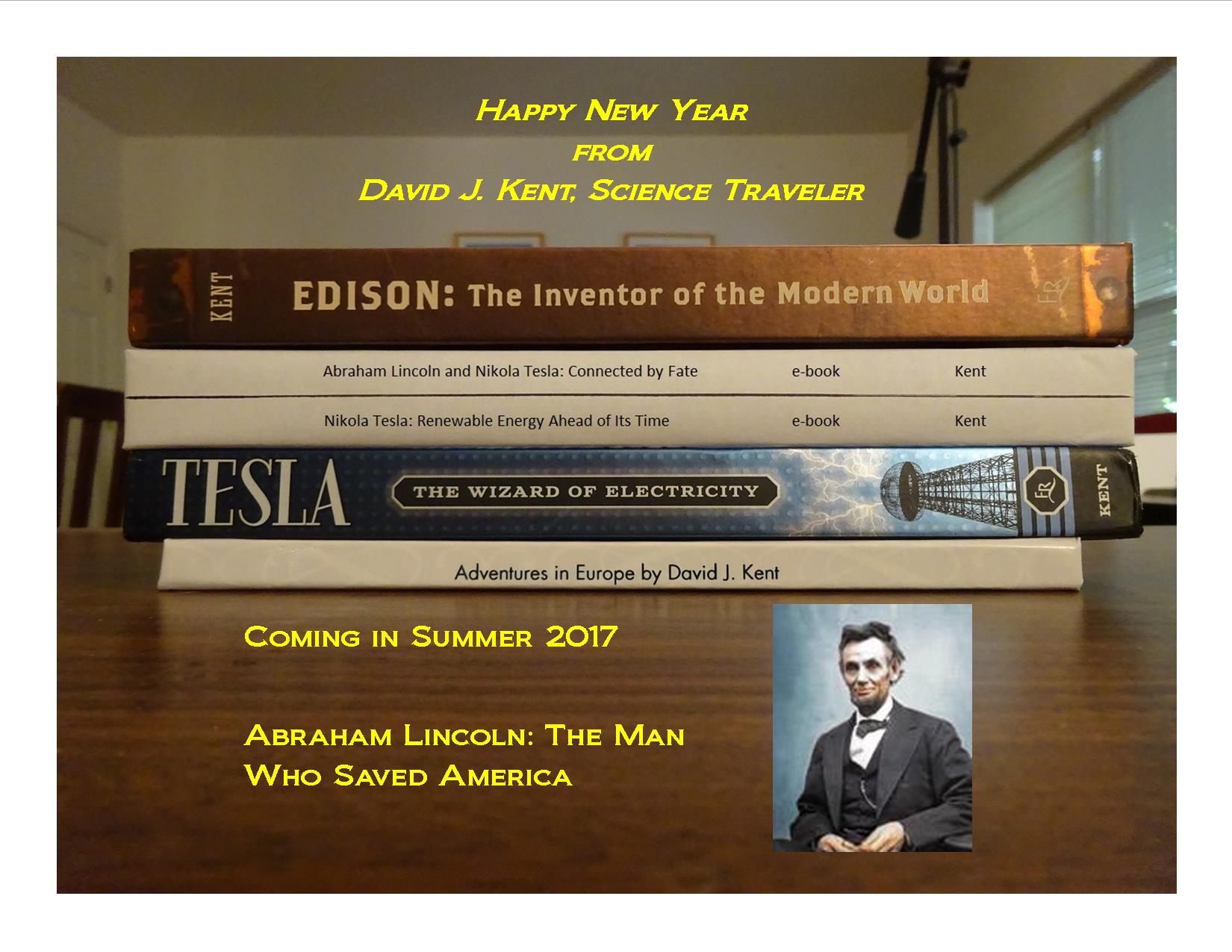
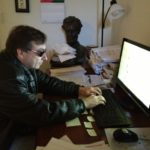 After writing hundreds of thousands of words it is safe to say that 2016 was a productive year. To recap the highlights:
After writing hundreds of thousands of words it is safe to say that 2016 was a productive year. To recap the highlights:






